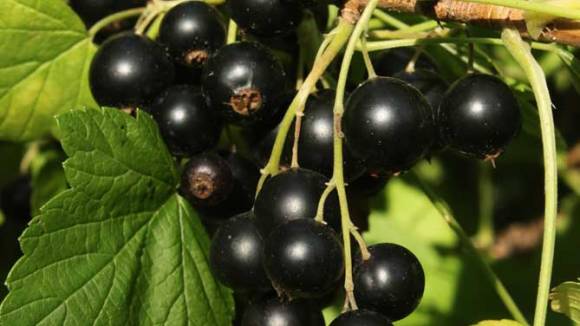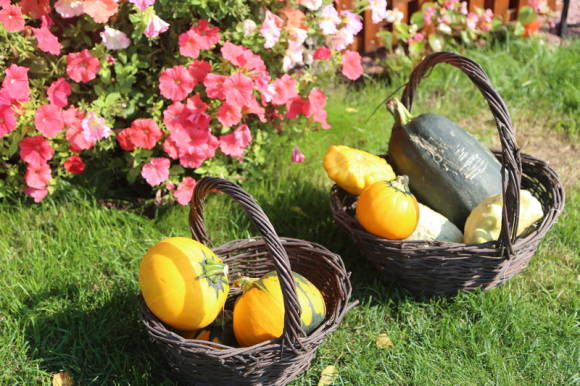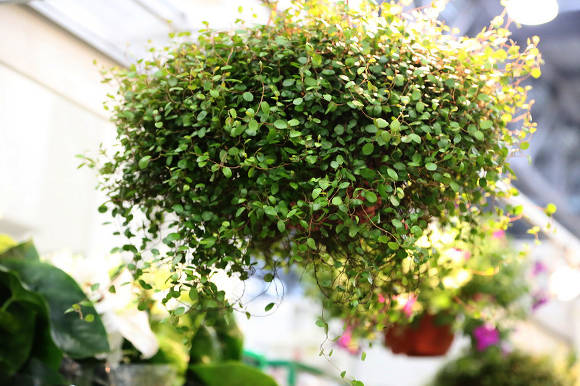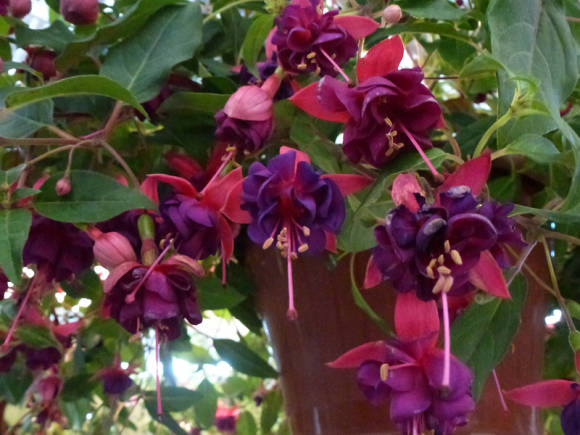Asparagus beans are essentially a type of common green beans we are used to. (Phaseolus vulgaris), but its pods do not have unpleasant tough fibers, as well as a dense layer located inside.
Asparagus beans are also considered to be a completely different species than common beans. This is vigna (Vigna sesquipedalis), belonging to a completely different genus of legumes. We will talk about it in a separate article, see Vigna: cultivation, varieties.
Most often, asparagus beans are called vegetable beans, because they are literally used in whole pods in cooking, although grains that have reached full maturity can also be eaten. However, they are much more modest in weight and not as tasty as those of the familiar beans, and they must be soaked and boiled before cooking.
Many varieties have been bred, which you can read about in the article Varieties of Asparagus Beans.
Cultural biology

Asparagus beans got their name, of course, for their taste, they strongly resemble those of the familiar to all asparagus. In addition to the differences described above, you can also add the fact that asparagus beans have very narrow and long pods.
Usually gardeners grow three types of asparagus beans:
- bush asparagus beans, which are stretched no more than half a meter,
- asparagus beans, which can curl up to 2 meters in length,
- highly curly, which can reach 5 m in length.
As for the pods, their color can be green, yellow, red, and also dark purple. The pods themselves are narrow and reach lengths from a simple pencil to enormous sizes - more than a meter. Flowers, due to different colors, often stimulate gardeners to grow this crop exclusively as decorative.
Asparagus beans are shade-tolerant crops that are not afraid of cold and drought.
Growing asparagus beans
Choosing a site for planting... In order to get a good harvest of asparagus beans, you need to choose the right place. It should be as well lit as possible so that there are no drafts on the site, the soil is fertile, water and moisture permeable. Despite the fact that the root system of asparagus beans does not lie so deeply, it is recommended to place it in those areas where the depth of groundwater is not closer than 2 meters to the soil surface. You should not plant asparagus beans on acidic, dense soils with stagnant melt, rain and irrigation water, with an excess of nitrogen, as well as soils that warm up for a very long time in spring.
Choosing the right predecessor is essential to the successful cultivation of asparagus beans. Ideal is potatoes, cabbage, eggplants, tomatoes and other members of the nightshade and cruciferous families.
Soil preparation... Before placing asparagus beans on the site, you need to prepare the soil well, and this is best done in the fall. For digging on a hollow bayonet of a shovel, you need to add a couple of kilograms of humus, 150 g of wood ash and 15 g of nitroammofoska. Of course, when digging, you need to remove all the weeds, and then properly level the soil with a rake.
In the spring, if the soil has compacted and caked during the winter period, then it can again be dug up and leveled.
Seed preparation. When the soil is ready, we proceed to preparing the seeds so that they sprout together. To do this, you need to soak them in wet gauze for a day. During this time, each bean can sprout, which means it's time to plant them.
Sowing seeds. They start planting asparagus beans usually at the very end of May or early June, when the probability of recurrent frosts will be minimal. It's great if outside the window by that time the temperature warms up above 18 degrees Celsius.
First of all, we prepare the pits for planting, their depth should be four centimeters, the distance between them is 11-12 cm, and between the rows - about 40 cm.The distance between the rows of curly asparagus beans can be increased by an additional 10 cm for sufficient support space.
When the holes are ready, pour a tablespoon of wood ash into each when sowing seeds, pour water over it and put 3-4 beans on this mixture, subsequently choosing one of the strongest sprout. If all is well, shoots will appear in a week.
 |  |
Watering... During growth, before each plant forms two pairs of true leaf blades, you need to water the beans every day so that the soil is slightly moist. After the leaves appear, watering should be halved, and as soon as the beans bloom, watering can be done once every three days.
When caring for asparagus beans, do not forget to loosen the soil around the plants and be sure to remove all weeds, preferably by hand.
If the weather is dry, then after each evening watering, it is advisable to mulch the soil with humus, a centimeter layer, in order to save moisture.

Supports. Asparagus curly beans require obligatory supports, usually they are made along the edges of a row about 1.5 m high. Between the posts, which are dug in along the edges of the rows, rope is pulled and whips of beans are laid on them.
Care... As soon as the beans reach the length of a simple pencil or slightly less, the beans need to be piled up, so additional roots will appear and the nutrition of the beans will improve.
When the beans reach a height of more than 2 m, it is better to pinch the tops of the heads so that the food goes into the pods.
Top dressing... As for dressings, a universal remedy is nitroammophoska, it dissolves easily in the input. Three dressings are enough: the first should be carried out when two pairs of real leaves appear, dissolving a teaspoon of nitroammofoska in a bucket of water and spending this amount per square meter of bean plantations, the second - during the flowering period, in the same volume, and the third - during the formation of pods, doubling the volume.
What is the disease of asparagus beans?
Most often these are anthracnose, downy mildew and bacteriosis. To avoid the appearance of these diseases, you should not abuse it with watering, you should plant the plants, leaving the optimal distances between them and apply the appropriate fungicides, if things are really bad, strictly following the instructions on the package.
How to harvest and preserve crops
You need to collect the pods more often, not allowing them to overripe. You can approximately "predict" the period of the first harvest - 15-20 days after flowering, an ovary appears, and a week later the first harvest is ready to be harvested. You need to choose the most ripe pods, spending several collections.

As for the shelf life, it is very short, the best option is to quickly freeze the harvested crop.
Cooking recipes with asparagus beans:
- Baked asparagus beans with ginger
- Asparagus bean and egg salad
- Saute with potatoes, tomatoes and asparagus beans
- Chicken with green beans and ginger in sauce
- Vegetable soup "Three beans" with pesto sauce
Photos from the fields "NK-Russian Garden": Rita Brilliantova









